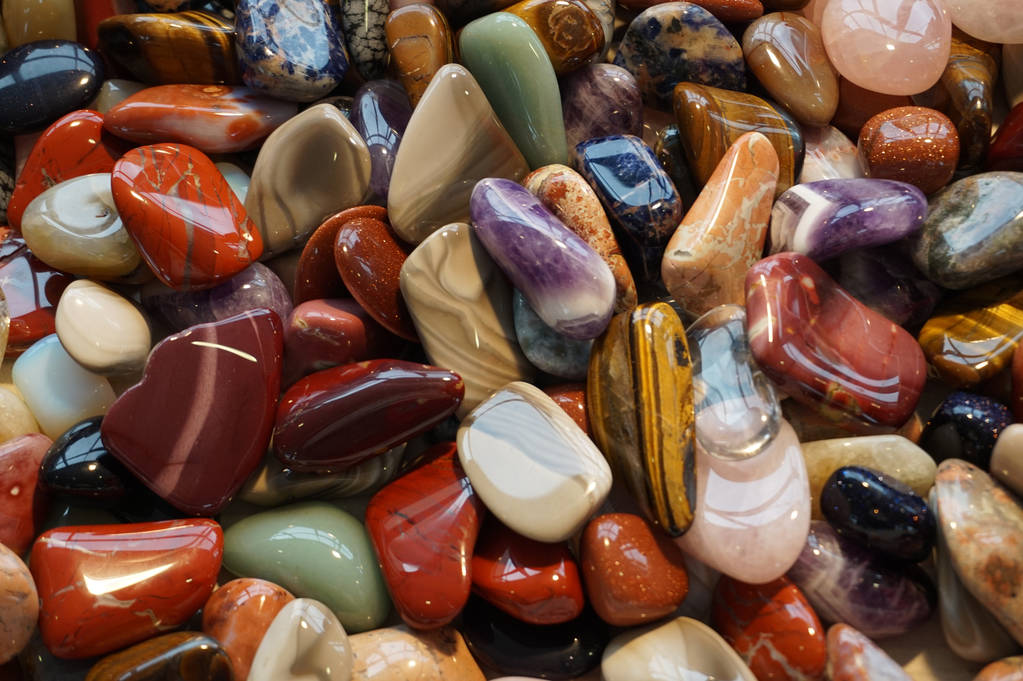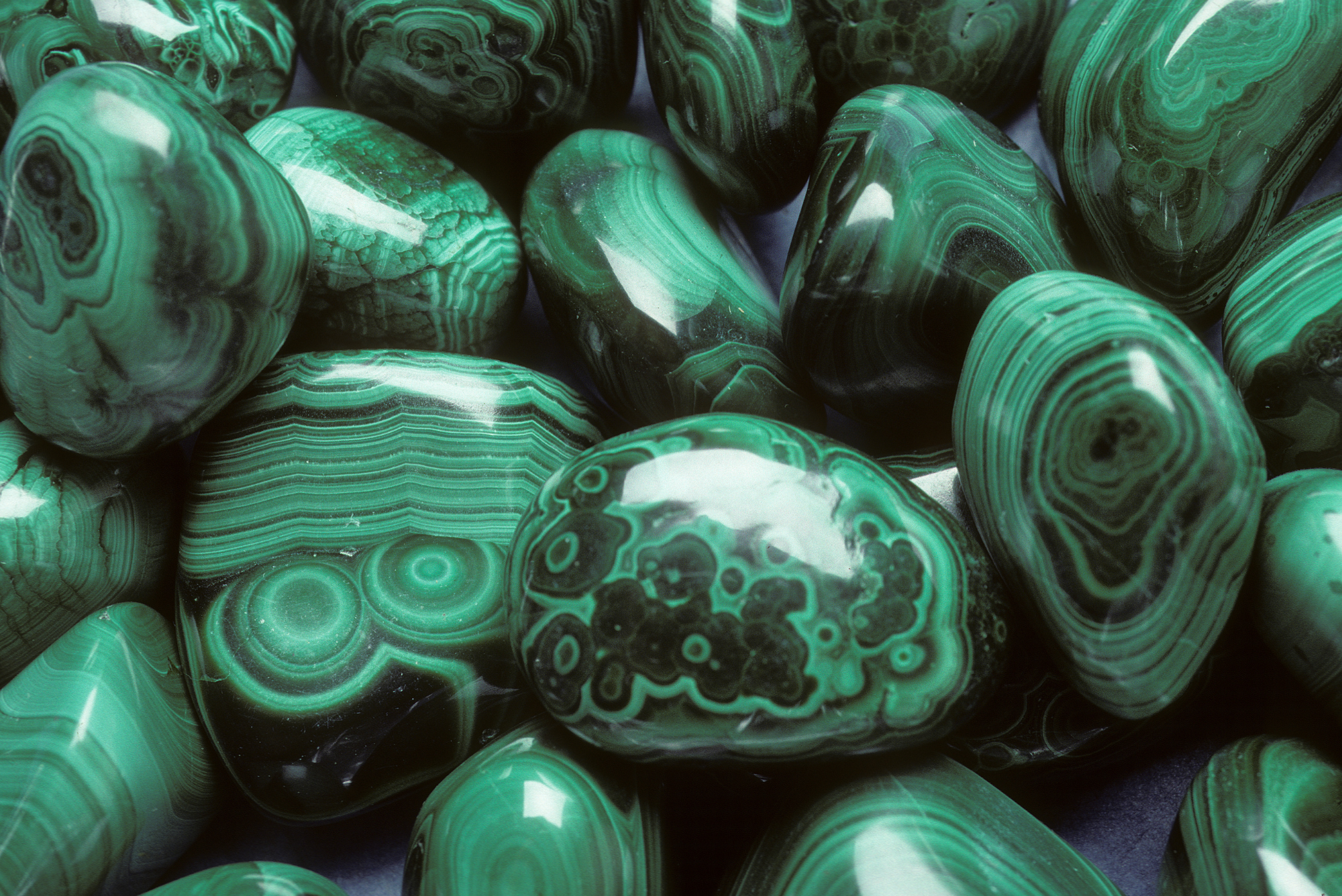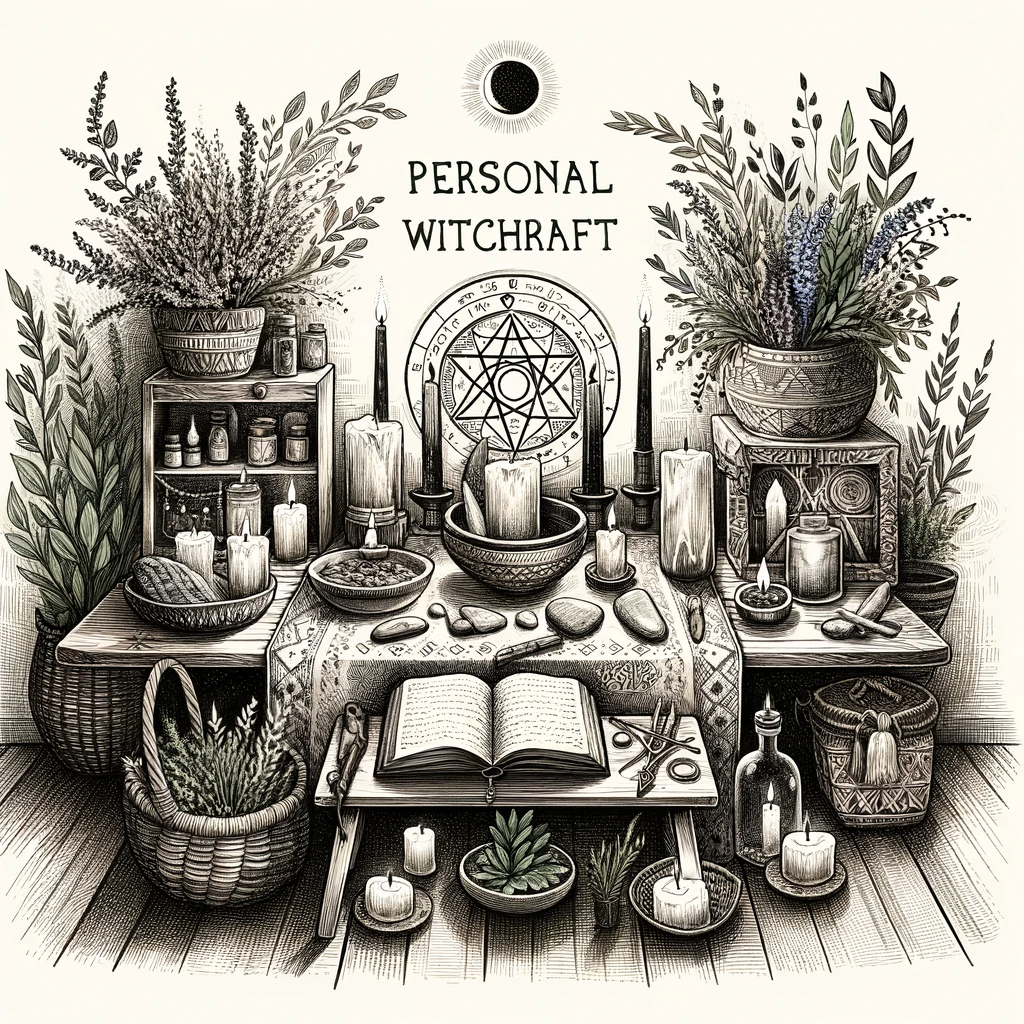When it comes to love and relationships, most of us have probably peeked at our horoscope or even checked our partner’s sign to see if we’re a good match. It’s fun, and sometimes it’s a bit eerie how accurate these things can feel. But if you’ve ever wondered why some connections seem destined, while others are doomed, there’s a lot more to the story than just knowing each other’s zodiac signs.
Astrological compatibility isn’t just about your Sun sign. There’s a whole cosmos of factors at play that can make or break a relationship. Let’s dive into the different layers of love compatibility and see how deep this rabbit hole really goes.
Understanding the Zodiac Signs
Astrology starts with the basics: the 12 zodiac signs. Each of these signs has its own distinct personality traits, preferences, and quirks. You’ve probably heard the buzzwords associated with each: Aries is fiery, Taurus is stubborn, and so on. But let’s break down what really makes each sign tick, and more importantly, how these traits influence your relationships.
Elements and Modalities: The Core of Compatibility
The 12 zodiac signs are divided into four elements: Fire, Earth, Air, and Water. These elements represent different types of energy, and they can tell you a lot about how two people might get along.
- Fire Signs (Aries, Leo, Sagittarius): Passionate, dynamic, and a bit impulsive. Fire signs tend to seek adventure and excitement, which can be thrilling—or exhausting—for their partners.
- Earth Signs (Taurus, Virgo, Capricorn): Grounded, practical, and reliable. Earth signs are the builders of the zodiac, focused on creating stability and security in their relationships.
- Air Signs (Gemini, Libra, Aquarius): Intellectual, communicative, and social. Air signs value connection through conversation and mental stimulation, often prioritizing a meeting of minds.
- Water Signs (Cancer, Scorpio, Pisces): Emotional, intuitive, and nurturing. Water signs are deeply empathetic, often forming connections that are intense and transformative.
Beyond elements, each sign also has a modality: Cardinal, Fixed, or Mutable. These modalities describe how a sign operates, whether they’re initiators (Cardinal), steady and persistent (Fixed), or adaptable and changeable (Mutable). When two signs share a compatible element or modality, it can create harmony—but too much similarity can also lead to stagnation.
Sun Sign vs. Moon Sign vs. Venus Sign: The Trio of Love
If you’ve ever felt that your Sun sign alone doesn’t fully capture who you are, you’re onto something. While the Sun sign represents your core identity, the Moon and Venus signs play a huge role in how you navigate love and relationships. Let’s unpack what each of these signs represents and how they influence compatibility.
Sun Sign: The Core of Who You Are
Your Sun sign is often what you think of as “your sign.” It’s the essence of your personality—the qualities that define who you are at your core. In relationships, your Sun sign influences your general approach to life and how you express your individuality. If you’re an Aries, for example, you might be bold and assertive in love, while a Pisces might be more gentle and compassionate.
But here’s the catch: two people with compatible Sun signs might still clash if their Moon or Venus signs are at odds. That’s why you can’t stop at just the Sun sign when it comes to understanding compatibility.
Moon Sign: Your Emotional Landscape
The Moon sign is all about your emotional world—how you feel, what you need to feel secure, and how you react in times of stress. It’s the side of you that comes out when you’re at your most vulnerable. In a relationship, the Moon sign can show you how you and your partner comfort each other, or conversely, what might trigger emotional disconnects.
For example, if your Moon is in Capricorn, you might be emotionally reserved and value structure in your relationships. Pair that with someone whose Moon is in a more emotionally expressive sign like Cancer, and you might find that your partner’s emotional needs feel overwhelming—or that they see you as distant.
Venus Sign: The Planet of Love and Attraction
Venus rules how you love, what you find attractive, and how you express affection. This is the planet that dictates your love language, your relationship ideals, and even what kind of partner you’re drawn to. If your Venus sign is in Libra, you might be all about harmony and partnership, loving the idea of a fairytale romance. On the other hand, a Venus in Scorpio will crave deep, intense connections, often seeking relationships that are transformative or even a bit tumultuous.
Understanding your partner’s Venus sign can be a game-changer in figuring out how to keep the romance alive. If your Venus signs are in sync, you’re likely to have a similar approach to love and attraction, which can make the relationship feel more effortless.
The Role of the Ascendant in Relationships
Now, let’s talk about the Ascendant, or Rising sign. If you’re not familiar, the Ascendant is the sign that was rising on the eastern horizon at the exact moment you were born. It’s all about first impressions and how you present yourself to the world. In relationships, the Ascendant can play a big role in initial attraction and how you interact with your partner day-to-day.
First Impressions and Beyond
The Ascendant is often described as your “mask”—the personality you show to the outside world before people get to know the real you (your Sun sign). It’s what others notice about you right away, and it can significantly influence how you’re perceived in those early stages of a relationship.
For example, if your Ascendant is in Sagittarius, you might come across as optimistic, fun-loving, and adventurous, even if your Sun sign is something more reserved like Virgo. This initial energy can either draw someone in or, if it clashes with their own Rising sign, push them away.
But the Ascendant isn’t just about first impressions. Over time, it can also reveal how you navigate social situations within a relationship. Are you someone who needs space and freedom, or do you crave closeness and routine? Your Rising sign holds some of the answers.
House Placements and Their Impact on Compatibility
Astrology isn’t just about signs and planets; it’s also about houses. If you’ve ever had a birth chart reading, you might have heard about the different houses in your chart. Each of these 12 houses represents a different area of life, from career to relationships to personal growth. When it comes to love compatibility, there are a few houses that stand out as particularly important.
Key Houses in Love and Relationships
While every house in your chart has its significance, when we’re talking about compatibility, three houses are especially crucial: the 5th House, the 7th House, and the 8th House. These are the areas of your chart that deal directly with romance, partnerships, and intimacy.
- 5th House (Romance and Pleasure): The 5th House is all about love, romance, and fun. It’s where you find the spark of attraction, the butterflies in your stomach, and the joy of being with someone special. Planets in the 5th House can indicate how you express love and what you’re attracted to in a partner.
- 7th House (Partnerships and Marriage): Often called the House of Marriage, the 7th House governs long-term relationships and partnerships. It’s not just about romance—it’s about commitment. If you have planets in this house, they can show how you approach serious relationships, what you seek in a partner, and how you balance your needs with those of your significant other.
- 8th House (Intimacy and Transformation): The 8th House is a bit deeper and more intense. It’s where issues of intimacy, trust, and shared resources come into play. This house can show where you might face challenges in a relationship, especially around vulnerability and power dynamics. But it’s also where you can experience deep transformation and growth through your connections with others.
Understanding which houses your planets fall into—and how those align with your partner’s chart—can provide deeper insights into your relationship dynamics. It’s like finding the blueprint for where your relationship might soar and where it might hit some bumps.
Synastry Chart Comparisons
Now that we’ve touched on the basics of your own chart, let’s talk about synastry. Synastry is the practice of comparing two birth charts to see how the planets and houses interact with each other. It’s one of the most fascinating—and complex—aspects of astrological compatibility.
How Synastry Works
In synastry, astrologers look at how your planets “talk” to your partner’s planets. Are they in harmonious aspects, like trines or sextiles, which suggest ease and flow? Or are they in challenging aspects, like squares or oppositions, which might indicate tension and conflict?
For example, if your Venus (love) forms a trine with your partner’s Mars (passion), that’s a recipe for a strong physical and emotional connection. But if your Saturn (responsibility) squares their Moon (emotions), there might be challenges in how you support each other emotionally.
Synastry doesn’t just stop at planets, though. Astrologers also look at how your planets fall into your partner’s houses. If your Sun lands in their 7th House, for instance, you might be seen as an ideal partner or someone who embodies their idea of a perfect relationship. But if your Mars falls into their 12th House, it might bring up hidden conflicts or unresolved issues.
The Importance of Aspects
Aspects—the angles between planets—are a key part of synastry. They reveal the energy exchange between two people, whether it’s smooth and easy or fraught with challenges. No relationship is perfect, and synastry can help you understand where the friction points are and how to navigate them.
For instance, a conjunction (where two planets are in the same sign) can be powerful, creating a strong bond. But it can also lead to an “all or nothing” dynamic, where you either thrive together or feel overwhelmed. Trines and sextiles, on the other hand, tend to bring ease and understanding, making the relationship feel more effortless.
Composite Charts: The Relationship as a Separate Entity
While synastry compares two charts, a composite chart creates a whole new chart that represents the relationship itself. It’s like combining two people into one, forming a chart that describes the dynamic and energy of the partnership.
What Is a Composite Chart?
A composite chart is calculated by taking the midpoints of your planets and your partner’s planets. For example, if your Sun is in Leo and your partner’s Sun is in Aquarius, the composite Sun might fall in Scorpio. This new chart gives you insights into the relationship as a single entity—its strengths, challenges, and overall vibe.
The composite chart can tell you a lot about the purpose of your relationship. Is it primarily about emotional growth? Or is it more focused on career and public life? The placement of the composite Sun, Moon, and Venus can show you the central themes of your partnership.
Reading Key Points in a Composite Chart
When looking at a composite chart, pay special attention to the Sun, Moon, and Ascendant. These three points give you a snapshot of the relationship’s identity, emotional foundation, and outward expression.
- Composite Sun: This represents the core purpose of your relationship. If it’s in a sign like Leo, the relationship might be all about fun, creativity, and self-expression. But if it’s in a sign like Capricorn, the focus could be more on building a solid foundation and achieving shared goals.
- Composite Moon: The composite Moon shows how the relationship feels on an emotional level. Is it nurturing and supportive, or does it bring up unresolved issues from the past? The sign and house placement of the composite Moon can offer clues.
- Composite Ascendant: The Ascendant in a composite chart describes how the relationship is perceived by the outside world, and how you two present yourselves as a couple. If it’s in a sign like Libra, others might see you as a harmonious, well-balanced pair. But if it’s in Aries, the relationship might come across as dynamic and even a bit competitive.
Understanding Compatibility Beyond the Stars
By now, you’ve probably realized that astrological compatibility is anything but simple. It’s not just about matching Sun signs—it’s about a complex interplay of planets, houses, and aspects that can make or break a relationship. But as fascinating as all of this is, it’s important to remember that astrology is just one tool in the relationship toolbox.
Real compatibility comes from understanding, communication, and effort. While astrology can offer incredible insights, it’s not the whole story. The stars might guide you, but it’s how you navigate the relationship that truly matters.
Use what you’ve learned here to deepen your understanding of yourself and your partner. Look to the stars for insights, but remember to keep your feet on the ground. Relationships are about connection, growth, and learning together—and that’s something no chart can fully capture.
Astrological compatibility is far more nuanced than just matching up Sun signs. From the influence of Moon and Venus signs to the role of houses and aspects in synastry, there’s a lot to explore. And while understanding these cosmic connections can enrich your relationship, the true magic happens when you and your partner work together to build a strong, loving bond.
















